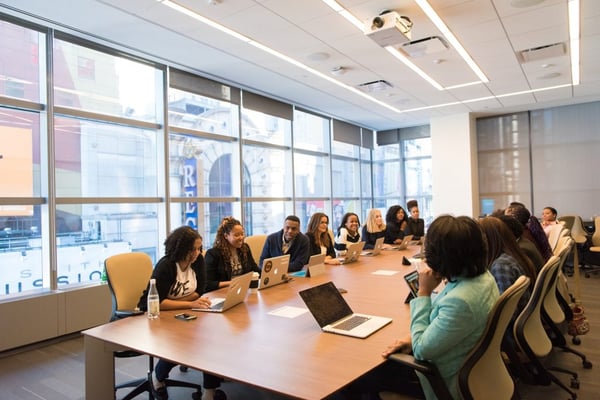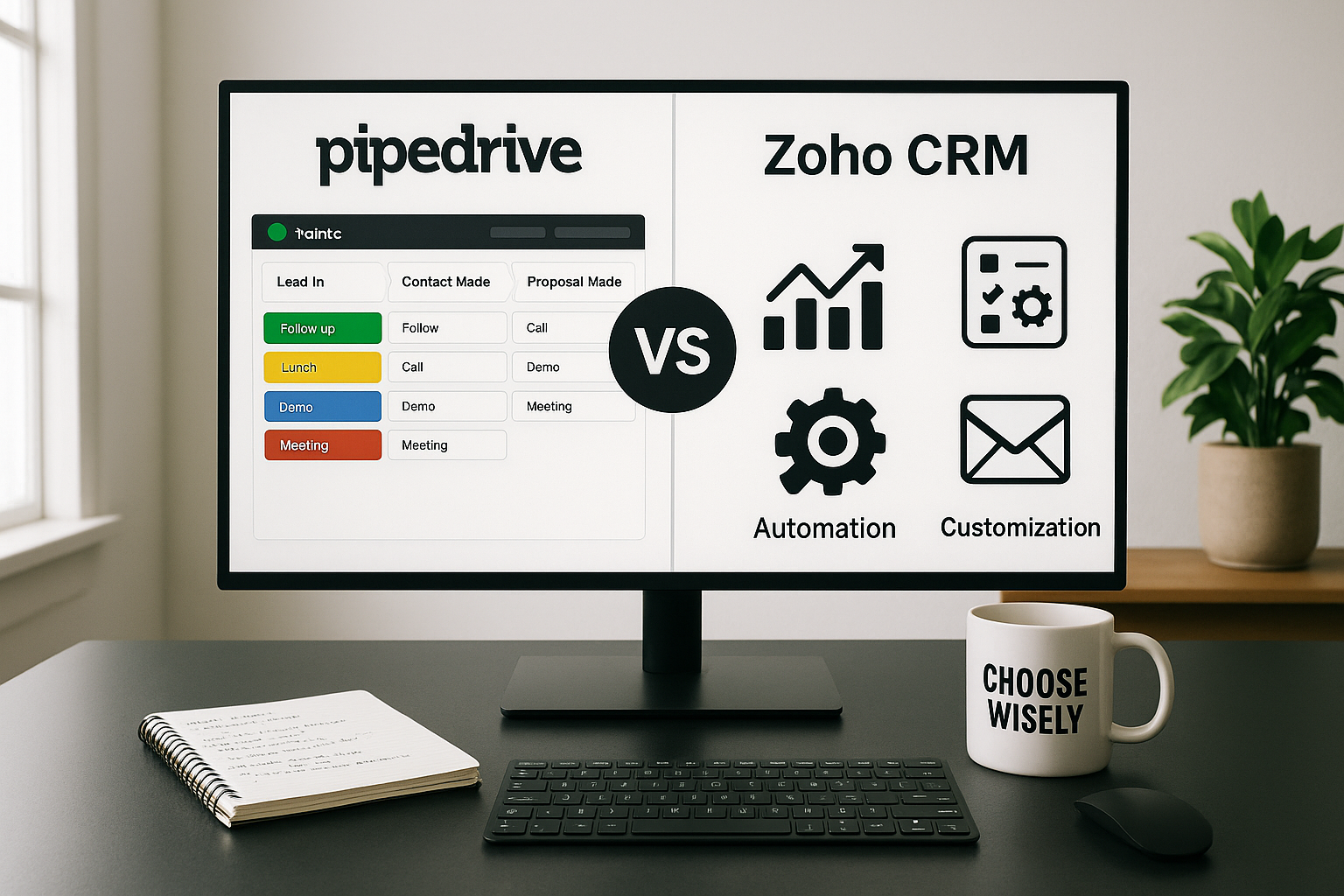Editor’s note: In today’s world with more demanding consumers, it is important exceeding customer expectations, thereby, increasing their loyalty and satisfaction. We present you an interview with Jeanne Bliss, the President of CustomerBliss and Co-Founder of The Customer Experience Professionals Association. She guides us through the main points of her professional success as well as provides practical advice on how to build a clear and concise path for improving client experiences and unite the leadership team.
1. Can you tell us about the milestones of the tipping points of your career?
I had the great fortune of sitting at the table when Lands’ End was sky rocketing in the marketplace. We were making up what it was to be a great service company, along with the catalog and direct industry. Gary Comer, the founder, named me at the age of 26 to report to the Executive Committee and help lead the Lands’ End Customer Experience as we were blasting off. That experience gave me my career. It changed my professional life.
After that, I deliberately moved to different industries to work through how to drive transformational change in different industries and with different business models. When I went to Allstate and then Microsoft, those BIG company experiences were also tipping points in terms of being able to coach the Fortune 100 and 500. In fact out of those experiences came the idea of identifying the Power Core of the company. In a large company you need to know where/how to get traction first. Diagnosing the Power Core is something we do with all large clients now to determine their path to success.
2. What is the difference between customer experience and customer journey?
To me, customer experience is the deliberate behavioral, operational and decision making a company makes to deliver value to a customer – it is the customers’ overall experience – and is a determinant in the long term success of an organization. A customer journey is a framework, or business decision blueprint. It switches the companies’ starting point for decision making and priorities from silo-based to customer-driven decisions and operations. Once established, the journey forms the backbone of a consistent language set that leaders use for asking for accountability to customers’ lives. In other words, instead of the CCO going around the room and doing the silo report out, the transition is to ask how we are doing in delivering on customers’ needs and value requirements by stage of the journey. “How are we doing with the onboarding experience, etc.?”

3. Jeanne, you state that you can increase company growth by focusing on the customer’s life. What are the essential touchpoints of this strategy?
Knowing and understanding the most important intersection points in customers’ lives will depend on the business and often the person the experience is being delivered to. For example, I have clients who have a B-B client and a B-C customer. Many companies start to map every intersection point, and the work quickly becomes overwhelming, and often abandoned. The work here is to FOCUS…to know and understand, from the customers’ point of view, those intersections with you that mean the most to them. The moments where, if you don’t deliver, it causes questions about your value, and when you do deliver well, it differentiates you.
4. Please, tell us more about the key decisions that lead to great customer experiences and gain the devoted customers?
I use the term “beloved companies” in that book to mean creating the type of company that creates two types of prosperity:
1) Prosperity of the human spirit. Employees want to be inside of these companies, and thrive within them and customers want to interact with these companies who take care of them.
2) Financial prosperity. It is no coincidence that the companies who take care of employees and customers are more financially prosperous.
When I wrote this book, I found 5 common decisions that these beloved companies make:
- They decide to Believe – they believe their customers and they believe their employees. They make trust a foundation of their relationships and operationalize with that trust in mind.
- They decide with Clarity of purpose.They unite the organization from delivering independent actions and tactics by having a united decision-making lens for their higher purpose in supporting customers’ lives. For example, a home builder decided that they were not a “Contractor” but rather that their job was to “Deliver the American Dream.” This completely changed how they went to market, how they showed model homes, how they sold and how they stayed in touch with customers.
- They decide to be Real. They build an environment where people can bring the best version of themselves to work. Where people can make decisions in business that are congruent to the decisions that they would make in their personal lives.
- They decide to Be There. This is operational and experience reliability. Doing what you say you are going to do. In a world of social media, customers require this to earn their rave, to become your fan.
- They decide to Say Sorry. This is a company’s humanity litmus test. How a company repairs the emotional connection with a customer when they make a mistake, own up to it and take care of their people has a major impact on a company’s ability to grow and prosper.

5. How important to create the right and memorable content for your audience in order to engage more customers?
For me, this is the “moment” for a company and meeting planner. I always want to make sure that I am the right person, with the right tone, with the right and customized message for an audience. People need to relate to the content and walk away with things that they can do, act on and be inspired about. It’s like marriage…the selection is everything!
6. In today’s world, the customers become more demanding about everything and want to be reached in the personalized and unique way. Can you give some recommendations on that?
I call this the “you know me” experience. And it’s true. Too often, people interacting with customers have to toggle between multiple screens or sources to see the history of a client. Or a great client checks into a hotel for the tenth time and is not recognized. Using the journey map and stages of the journey, I recommend that companies identify the experiences that require a company’s memory to show up through data – and then wire in that corporate memory for the frontline and others interacting with customers.
7. Do you think CRM platforms can help to build better relationships with customers?
This is akin to what I mentioned above. Without a journey framework to guide the outcome of the CRM platform, companies begin to work in earnest – but they are automating current processes – not improved experiences. The success of these platforms is to do the hard work to inform a one-company experience that can be enhanced with CRM – but you need to begin with the journey map architecture to guide the CRM.
8. What bite-sized actions can you suggest, to our readers can start earning better relationships with their clients immediately?
- Have leaders call lost customers – so they have the voice of the customer in their ear.
- Identify the different customers you have and focus on building just the stages of that journey – naming them as the customer would think of them.
- Focus on the top 10 or so touchpoints.
- Aggregate and trend complaints and unaided feedback – and map that to journey stages.
- Change leaders language to drive accountability from the customer journey point of view.
- Start a “kill a stupid rule” campaign to get rid of things getting in the way of employees delivering value.
We’d like to thank Jeanne for her spectacular answers and valuable pieces of advice. We are sure that your beneficial suggestions and strategies provided in this interview will help our readers to create unforgettable customer experiences.
P.S. Are you thinking to improve relationships with your clients by using more advanced CRM system?An automated migration system Trujay can help you to switch data in a fast and direct way from your existing CRM to a new one. Learn more at findmycrm.com!


(2).jpg)


